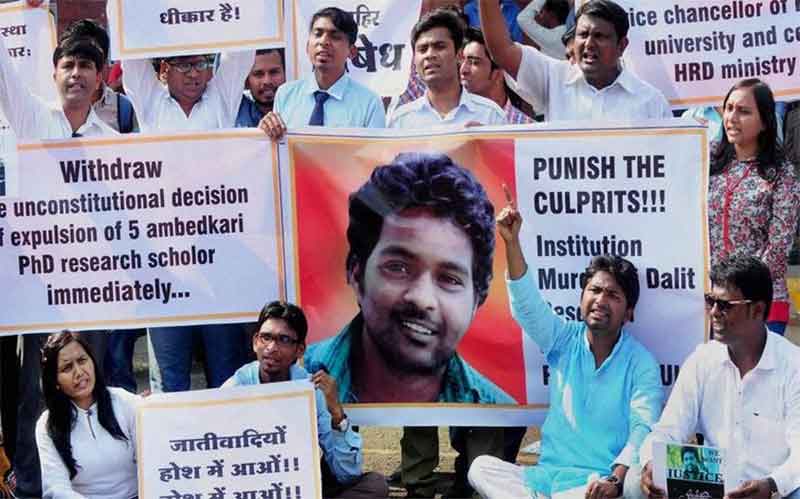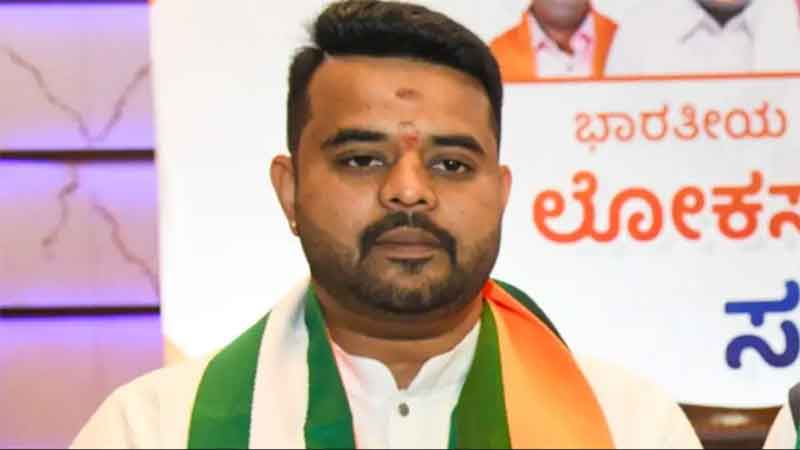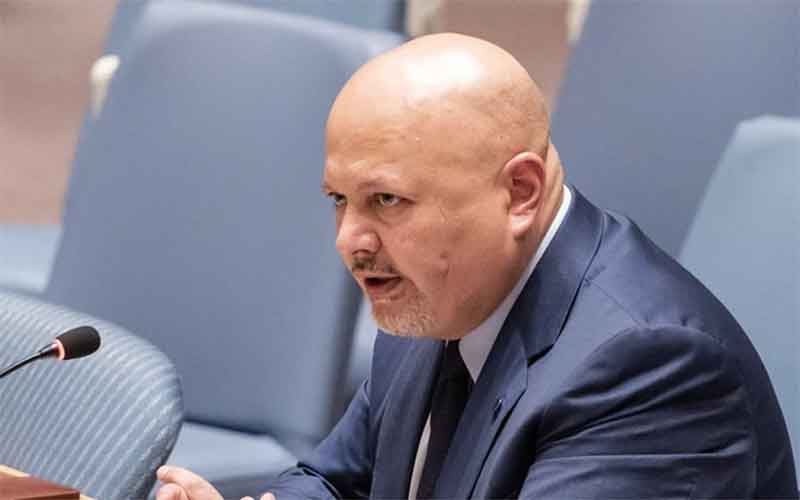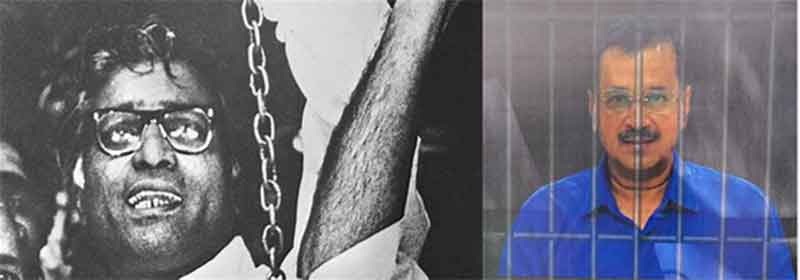
As the Lok Sabha polls in 2019 showed an overall improvement in the political representation of women, it became obvious that we have come a long way but there is still a long stretch to cover. In all of our misplaced understanding of just “helping” women to ensure we empower them, we forget that empowerment lies in building agency, above all. “Nothing, arguably, is as important today in the political economy of development as an adequate recognition of political, economic, and social participation and leadership of women” (Amartya Sen, 1999) Kerala paved the way for the rest of the Nation by implementing Kudumbashree, a programme designed to empower women by building agency and therefore alleviating the income status of each household.
So what is Kudumbashree?
Kudumbashree is Kerala government’s scheme run to empower women by creating avenues that allow women to thrive as business owners and create an ecosystem around financial inclusion. One of the critical market failures, that is, formal economy exclusion plays a huge role in hindering progress for women who have faced double-bind discrimination for as long as we can remember. The 1995 Human Development Report eloquently put is as the “face of poverty being that of a woman” and that is the premise on which the intervention was designed. Instead of creating a loop of external support, the state rolled out a policy intervention which created the avenue for women to cultivate economic opportunities and move towards inclusive growth. Financial inclusion projects are a strong tool to promote gender equity by ensuring economic independence as well as a very effective intervention for poverty alleviation. The homework done by the state on the sustainability and scalability of the scheme is nothing short of commendable. Kudumbashree thus came into existence in 1998 as an initiative by the Government of Kerala to alleviate poverty and empower women.
How does Kudumbashree work?
The project is decentralised in three tiers to avoid concentration of power with one party and therefore avoid unnecessary delay in the decision-making process, the performance of the scheme is largely attributed to the decentralised operations in the program. The three-tier structure has – Neighbourhood Groups or NHGs (The primary contact with beneficiaries), the second tier is Area Development Society or ADS (The conglomeration of all NHGs in the ward), and the third tier is Community Development Society or CDS (The conglomeration of all ADS at a Panchayat/Municipality level). So what are NHGs? In simple terms, NHGs are government-sponsored SHGs which bring the members together to share economic benefits, show solidarity and work towards development by integrating activities of various sectors.

Source: Kudumbashree Website
Kudumbashree has nine-point non-economic criteria for identification of women from the economically weaker section of the society through a transparent process and organising them into an NHG of 15-40 families. It’s noteworthy how the government took into account that the gravity of poverty may go far beyond just numbers that meet the eye.
Only one woman per family can have a membership of an NHG, while other women from the family can attend meetings and workshops without a membership. The criteria for selection are as follows:
- Scheduled Castes and Tribes
- Only one or more adult family members being employed.
- Thatched house
- Lack of household sanitary latrines
- Non-availability of drinking water
- Family having two meals or less per day
- Regular use of alcohol by a family member
- Family having at least one illiterate member
- Family having at least one child below five years.
To ensure that the structures don’t just exist on paper, the state mandated that meetings are held in the houses of the members of a particular NHG on a rotational basis with a minimum of 75% attendance requirement for all members. Leadership roles are held by women within the NHGs, creating a sense of ownership among the women. The law within CDS also ensures that all members across the three tiers of the system get chance at leadership in their respective tiers by mandating an election every three years in three phases for the three tiers. Essentially, the scheme also is a leadership development journey for all the women involved in it.
Kudumbashree’s Thrift and Credit system have been an enabler for women across the state. In the weekly meetings, the members submit a pre-fixed amount (also called the thrift) with the Secretary. The amount thus accumulated over time is used to provide a loan (or credits) to the poor who haven’t been able to access banks which require a basic capital that is much higher. The repayment of a loan is done in the weekly meetings and the interest contributes to enhancing the amount available with the NHG. The success of the thrift and credit systems have been such that they are known as informal banks for poor women at their doorstep which can now provide loans for purposes beyond covering basic needs, such as income-generating activities. The success led to NABARD coming up with a set of criteria on which individual NHGs would be assessed. The NHGs which meet all the criteria will be enrolled in the Linkage Banking Scheme under various banks and the members will be eligible to receive finance without any individual collateral security. At a first glance, it might just look like financial empowerment, but in the process of understanding thrift and credit, the women undergo an application-based education which is critical to empowerment. As of 2018, there are 2,67,051 NHGs in total impacting 40,51,781 families. If we assume each family to have a minimum of 4 members (which would be an underestimation by all accounts), then approximately 1,62,07,124 lives have been impacted by the scheme.
The scheme expanded in livelihood activities which bred micro-enterprises, micro-housing, healthcare, education, social development initiatives etc. The micro-enterprises allowed women to start with a low-capital, low-risk business which later compounded into full-fledged profit-making businesses. A media report by Business Standard looks at women entrepreneurs from Kudumbashree featuring their products on Amazon to make it accessible to customers across the country. Construction sector which is male-dominated saw women foraying into it under the initiative of Kudumbashree Constructions. Beena Paul and her team undertook their first project in keeping with the spirit of Kudumbashree, empowering the oppressed. The team constructed a tribal housing project where all the workers were women. Women for the first time did more than carrying raw materials over their heads and built homes from scratch with great care.
What truly sets Kudumbashree apart is the focus on social inclusion for women across all strata. For long now, women had to struggle for having their identity validated in the eyes of the society dictated by norms of the oppressor. The scheme stands true to the spirit of democracy and good governance by protecting the right to choice and extending support to its citizens without discriminations to freely exercise the choice. As of 2018, there are 23 transwomen NHGs with 287 members in Kerala. It is far from ideal and there is a long road to walk ahead in terms of diminishing the line of segregation and celebrating diversity amongst women. However, under the current circumstances, this is a measure to promote equity in terms of access and rights. The hope is with time diversity in representation would be celebrated and no othering would be necessary.
Kudumbashree with its initiatives and integration with central schemes has been arguably one of the most successful policy interventions by any state in India and also the world’s largest women empowerment project. The website is updated on all accounts and offers a great deal of information for citizens to engage with. The success stories are something that makes us believe in the power of a good policy which doesn’t miss the target during implementation. The most recent being the apparel unit of Kudumbashree having a turnover of 12 crores INR during the lockdown where most well-established businesses had to shut shops.
Needless to say, Kudumbashree has been a textbook example of good governance by the State of Kerala. However, does that mean everything is hunky-dory and all scope for improvement has been explored and covered?
That would be ideal but unfortunately, we still have a long way to go. As a diverse country with several hierarchies in society, discrimination is ingrained as a part of the culture in the heads of citizens. As per research released in 2014, out of the total membership, about 61% is constituted by the general category, followed by OBC (24.48%), SC (12.82%) and ST (1.82%). The contrast is alarming since women have been the most oppressed amongst the oppressed communities. It is therefore absolutely important to provide additional support to women across these communities to encourage active participation for an improved quality of life. This can be done through low-powered incentives such as some kind of recognition to NHGs which show diversity in representation in their respective groups etc.
While Kudumbashree prides itself in a robust and updated MIS that micro-manages every member from their loan amount to their attendance in weekly meetings, it is strange to realise that there is no similar system in place for ensuring the local governments are releasing funds on time for the scheme to run smoothly. It is therefore recommended that there is full-disclosure to the beneficiaries of the program about the funds that have been allocated for the scheme and the date of their disbursement be recorded for maintaining official logs to avoid delays or diversion of funds.
A research paper by MA Oommen also focuses on the unexplored territory of prompt repayment of loans in Kudumbashree. While decentralisation and ownership play a huge role in repayment, it is important to realise that people are designed to make the best out of situations designed for their well-being and sometimes their perceived well-being may not be far-sighted. Members are often involved with two of more microfinance agencies and rotate amounts between each other to ensure repayment while constantly having a loan at one of the places. In short, they are just circulating money instead of repaying it. Mandatory checks are needed to ensure that there is transparency from the members’ side as well in the whole process. There has to be monitoring on the utility of funds loaned to a member to ensure that it’s used for the purpose for which it was withdrawn.
Most importantly, the whole structure is built on the foundational stone of NHGs, without which the entire system falls. The nine-point non-economic criteria is an excellent way to measure the gravity or extent of poverty. However, who is to ensure that the evaluation of these pointers is carried out without any external pressure by say, ward members or even the politicians in the state? Our country is not new to people who are well above the poverty line and yet using schemes meant for people below the poverty line. The scheme requires a transparent digital system which has records for all members available for audit at any given point. What also is often forgotten that poverty isn’t a constant state and with the right tools and support, families can come out of poverty and once they do, it’s time to graduate them and make space for newer members keeping in mind that capital is always limited for State. It needs to be a constantly evaluated, dynamic process instead of an evaluation just during entry to the program. Constant monitoring and evaluation ensure that the policy keeps meeting the intended targets instead of digressing in the future.
Kudumbashree is an initiative which brings women at the forefront rather than treating half of the country’s population as damsels who need help, the scheme builds agency and gives the tools for building their own identity to women in the state. I hope more states follow suit and we see a revolution in women empowerment across the nation.
Mayuri Purkayastha is an alumnus of Teach for India
SIGN UP FOR COUNTERCURRENTS DAILY NEWSLETTER
















































